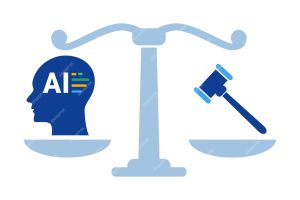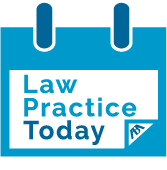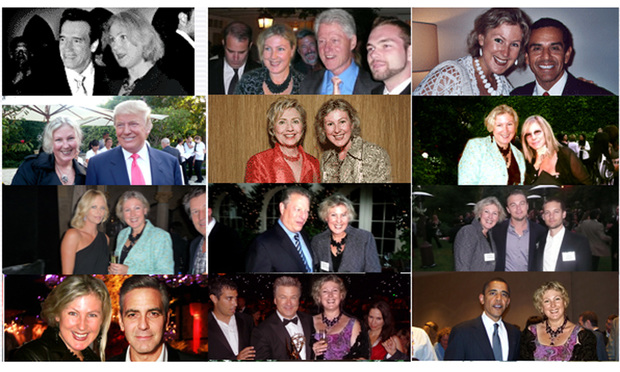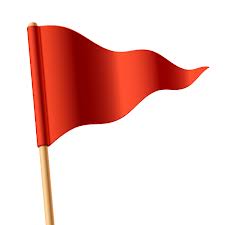LP Magazine – Ethical Issues When Incorporating AI Into Law Firm Marketing
 A few months ago, I was asked to provide the ethics attorney perspective for a Legal Marketing Association (LMA) program, AI for Communications and PR: What You Need to Know Now. At that point, I had not put a lot of thought into the ethical considerations. As with most business development professionals, I had already incorporated artificial intelligence (AI) into my day-to-day. But as is often the case for many lawyer speaking gigs, I delved into the topic and learned it–quickly. And because I believe strongly in taking a presentation and turning it into an article (or vice-versa), my marketing column addresses the issues in the September/October 2024 issue of Law Practice, Ethical Issues When Incorporating AI Into Law Firm Marketing.
A few months ago, I was asked to provide the ethics attorney perspective for a Legal Marketing Association (LMA) program, AI for Communications and PR: What You Need to Know Now. At that point, I had not put a lot of thought into the ethical considerations. As with most business development professionals, I had already incorporated artificial intelligence (AI) into my day-to-day. But as is often the case for many lawyer speaking gigs, I delved into the topic and learned it–quickly. And because I believe strongly in taking a presentation and turning it into an article (or vice-versa), my marketing column addresses the issues in the September/October 2024 issue of Law Practice, Ethical Issues When Incorporating AI Into Law Firm Marketing.
Where I come from, when you say “A.I.” it can only mean one thing—Allen Iverson. But in most parts, AI has become a part of our everyday lives—whether we’re talkin’ about practice, not a game, or almost every aspect of business operations (IYKYK). The bottom line is that AI is integrated into almost everything. Thus, the need to understand where the Rules of Professional Conduct (RPC) and other ethical issues in law practice come into play. As I note in my column, no less than 15 different RPCs were noted in one state’s AI task force report, as it relates to potential ethics issues that overlap with law firm marketing concepts.
If you are blocked from reading the column behind the ABA paywall, it is provided below in its entirety.
 Marketing Attorney Blog
Marketing Attorney Blog





 In the 15+ years where I’ve taught the marketing & advertising ethics CLE hour of Ethics Potpourri, this years’ program has elicited some of the most fascinating exchanges from the audience. I teach this hour live in Philadelphia and Pittsburgh every April, August and December. The coming weeks include the live presentation in Pittsburgh on August 25th and Philadelphia on August 30th. For directions and registration information, visit
In the 15+ years where I’ve taught the marketing & advertising ethics CLE hour of Ethics Potpourri, this years’ program has elicited some of the most fascinating exchanges from the audience. I teach this hour live in Philadelphia and Pittsburgh every April, August and December. The coming weeks include the live presentation in Pittsburgh on August 25th and Philadelphia on August 30th. For directions and registration information, visit 

 In my monthly column on internet marketing for lawyers in
In my monthly column on internet marketing for lawyers in